This week our intrepid Northwest Noggin volunteers crossed the mighty Columbia River for an energetic day at Sacajawea Elementary School in Vancouver, Washington to meet with over 400 curious 1st through 5th graders and consider their questions, share research and insights about noggins, craft new neurons and even touch a human brain!
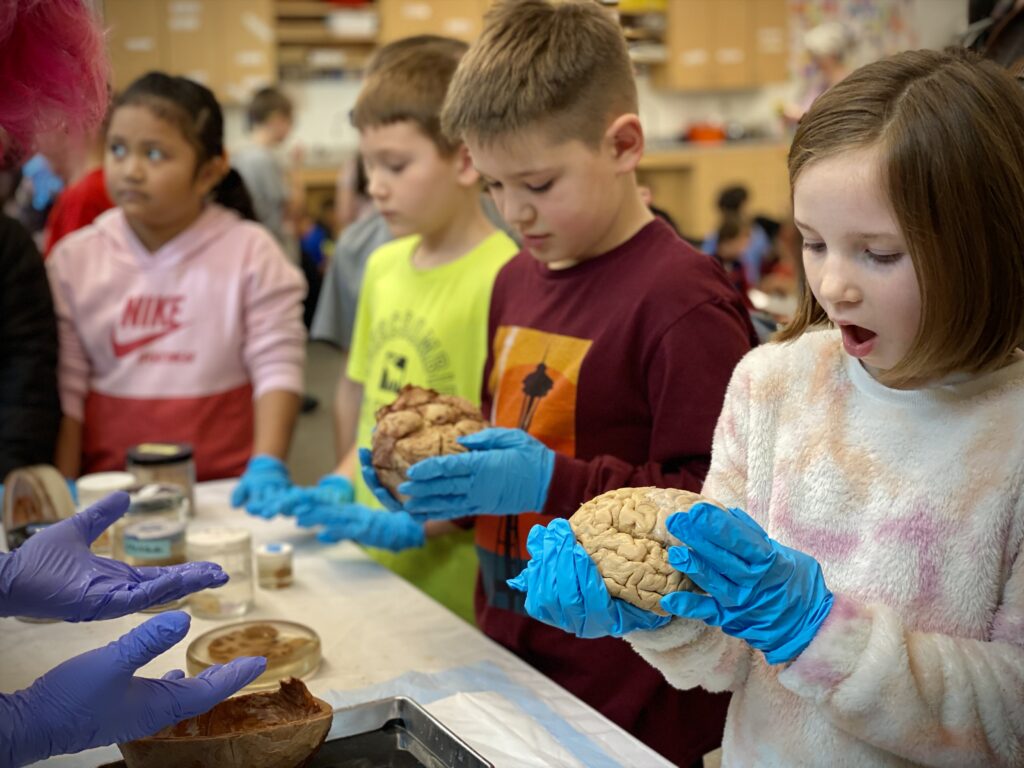
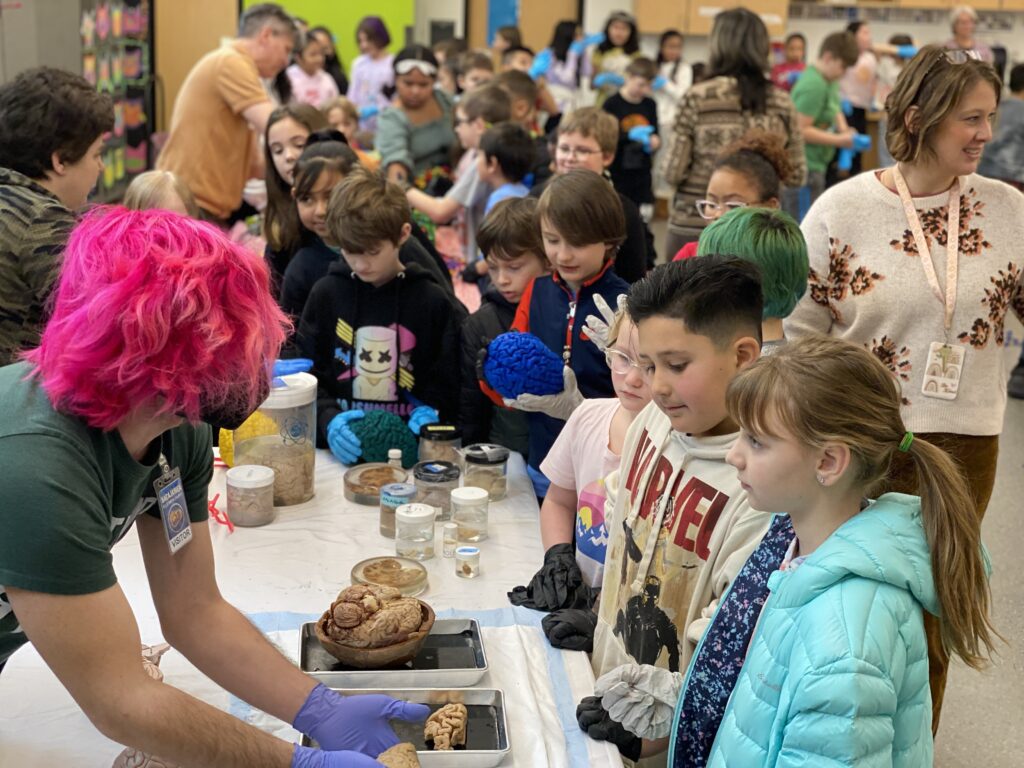
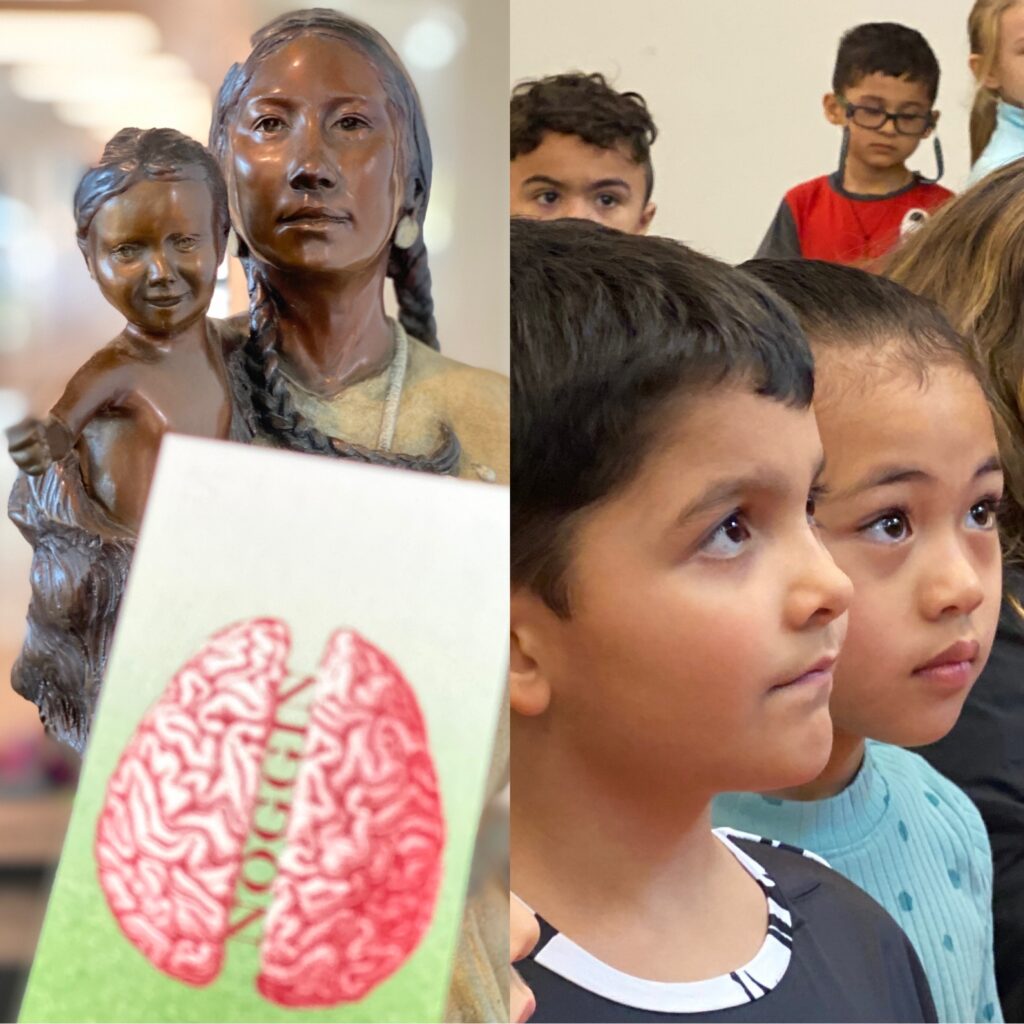
LEARN MORE: NW Noggin @ Sacajawea Elementary School
LEARN MORE: Sacagawea (from the National Women’s History Museum)
LEARN MORE: Sacagawea (from the Oregon Encyclopedia)
Let Knowledge Serve

MAKING BRAIN CELLS: Pipe Cleaner Brain Cells!
We were joined by dynamic volunteers from Portland State University, many pursuing a minor in interdisciplinary neuroscience! Julian Rodriguez, Jadyn Harris, Allonte Barakat, Bradley Marxmiller and Mina Sattari spent a busy day sharing their own experiences and stories from undergraduate classrooms and research labs with future neuroscientists and artists in Vancouver Public Schools!

Small world!

Brenda Starr, the Family Community Resource Coordinator at Sacajawea, was an unexpectedly familiar face. Brenda was a former student from neuroscience classes we once taught at the nearby branch campus of Washington State University! It turns out that Brenda’s husband was also one of our former students, and both now plan to volunteer with Northwest Noggin! GROWING IN NETWORKS for real.
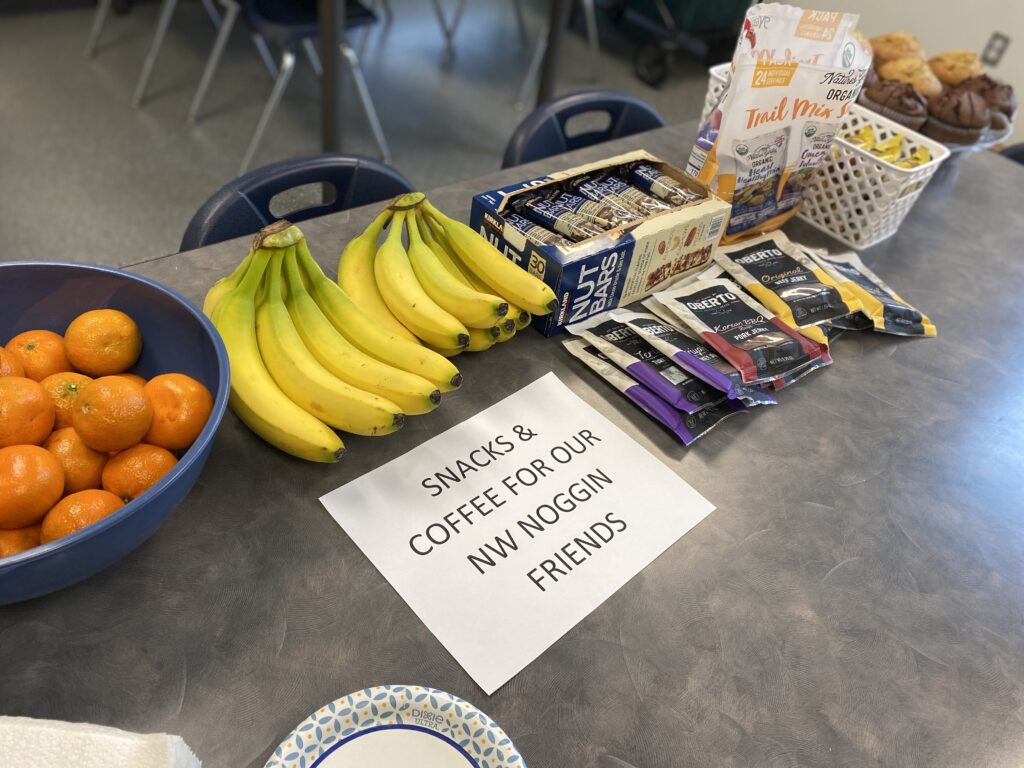
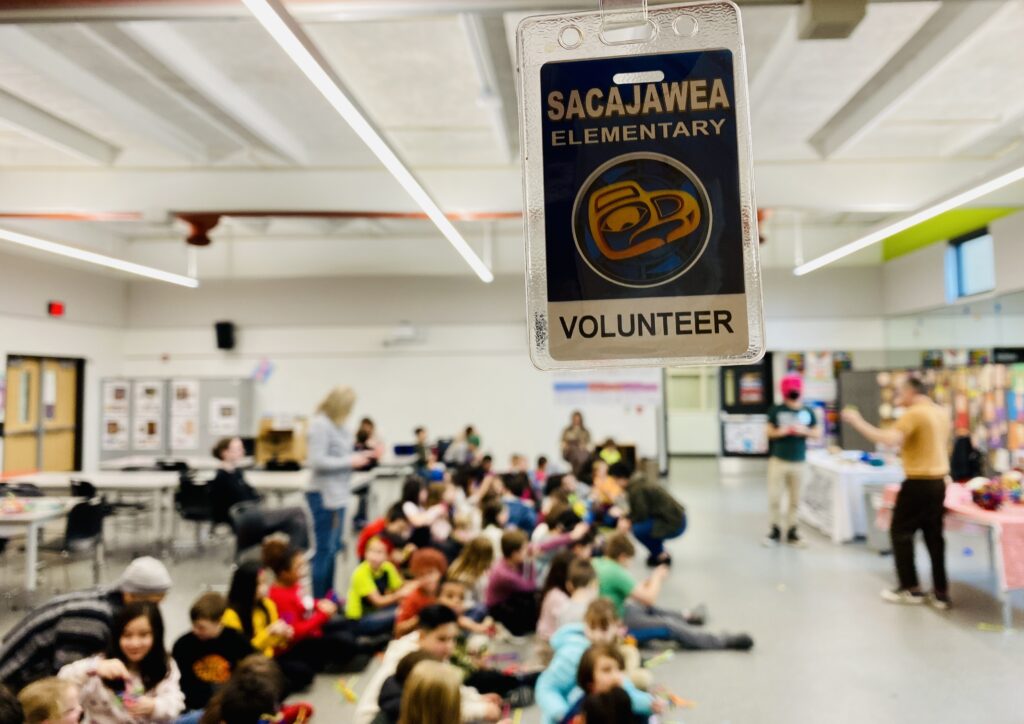
Brenda made us feel very welcome, offering all day coffee and snacks to fuel our volunteers!
Novelty, attention and the brain

When 75 4th graders streamed into the art room at 8:45am, they settled in quietly, fixated on our colorful 3D printed noggins, pipe cleaner brain cells, real specimens and undergraduate volunteers. It’s always incredible to see that level of focus and attention, even in large groups, and we sat there for several minutes before tentatively asking “should we begin?”

A teacher laughed and told us they were just enjoying a few minutes of silence – because it was so unusual! There is something, we suggested, about the novelty of the experience, with brains and art and opportunities for kids to share their own observations, knowledge and questions, that gets almost everyone focused, engaged and eager to contribute and share!
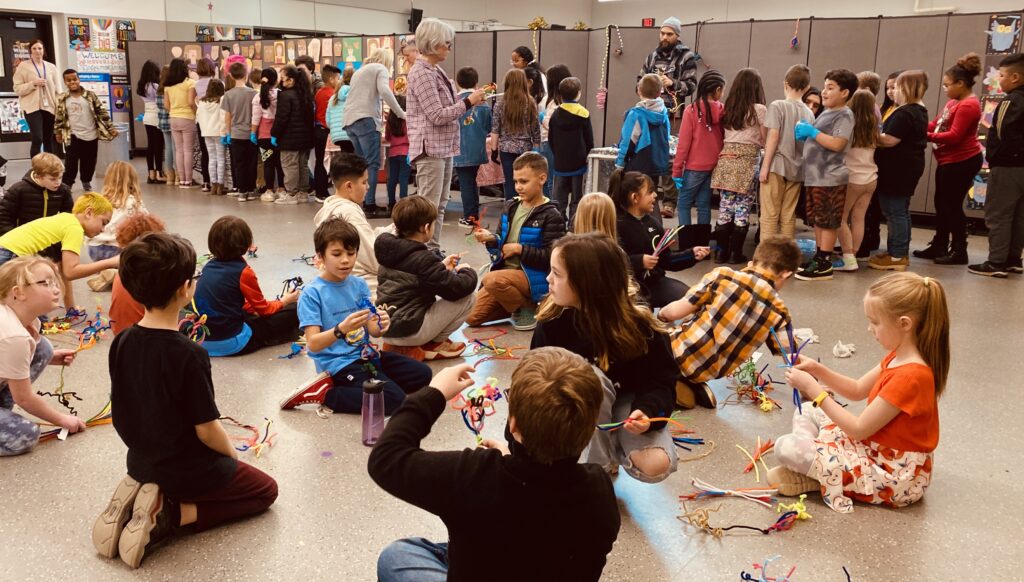
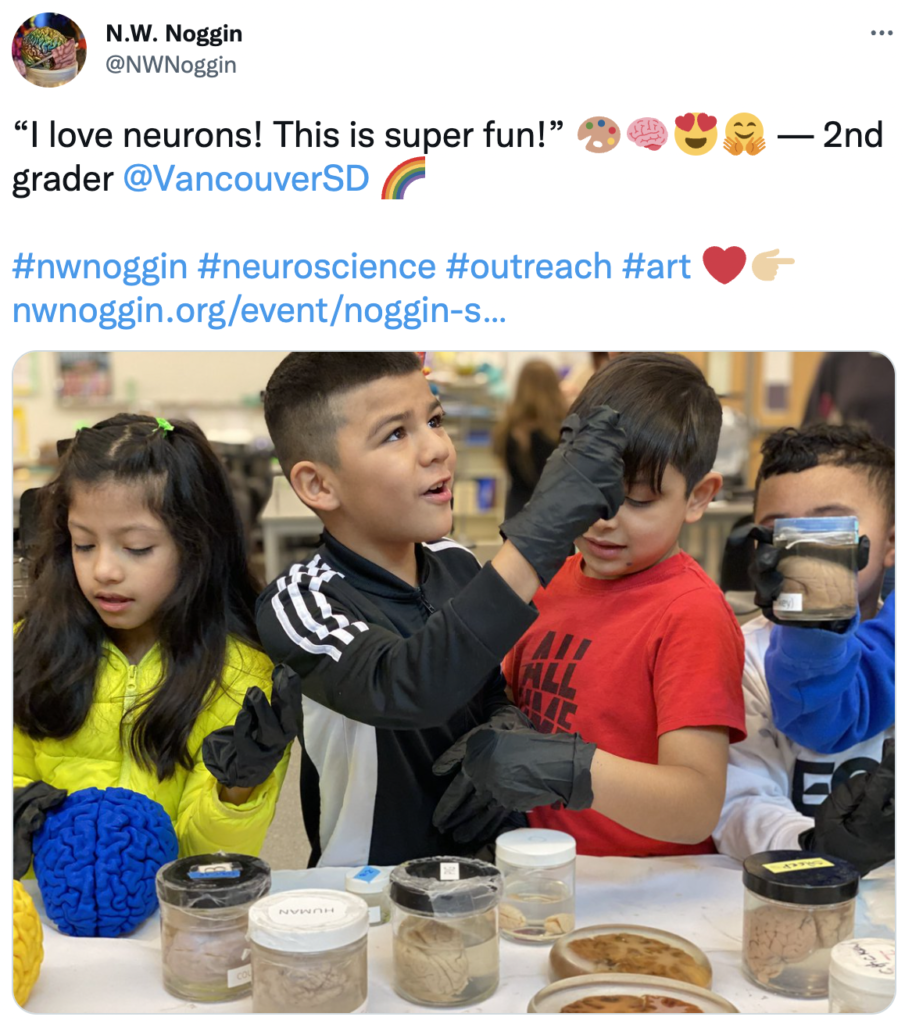
LEARN MORE: Novelty, attention, and challenges for developmental psychology
LEARN MORE: Novelty Improves the Formation and Persistence of Memory in School
LEARN MORE: Attention to novelty in behaviorally inhibited adolescents moderates risk for anxiety
LEARN MORE: How novelty boosts memory retention
LEARN MORE: How to visit public schools
Kids have questions!

Fear
“Curiosity will conquer fear even more than bravery will.“
— James Stephens
Fear is defined by many in neuroscience research as how you feel, consciously, when confronted by an immediate threat. Conscious feelings are dependent on cortical areas of our brains, including the insular lobe, an island of cortex found deep in the middle of the brain.

We were in a school when a “lockdown drill” was suddenly initiated – an awful, loud, American-specific run-through of what to do if an armed individual were to start shooting. The lockdown provoked a lot of fear, and also anxiety – a similar feeling, but when a threat is less imminent or specific.
LEARN MORE: Everything but guns
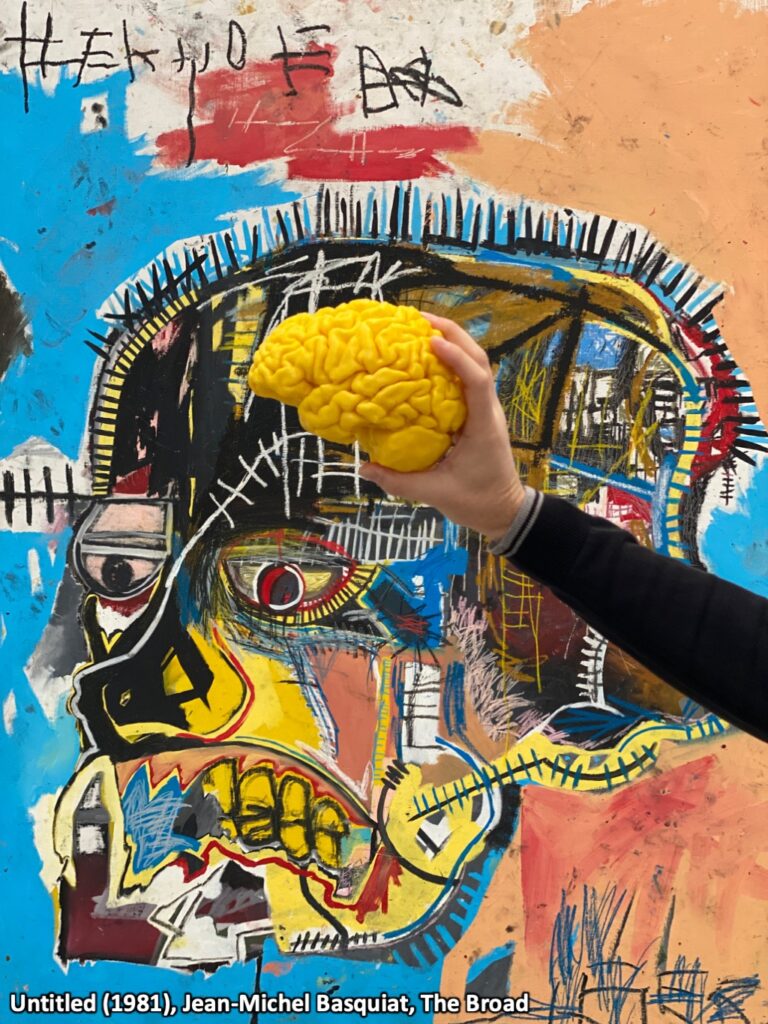
LEARN MORE: Neurobehavioral perspectives on the distinction between fear and anxiety
But of course our brain and body also respond unconsciously to threatening stimuli, with a faster heart rate, perhaps, or a dry mouth, freezing in place or a sudden orienting to the source of the threat. These “defensive behaviors” are dependent of quick responses in subcortical (“below the cortex”) areas, including an almond-shaped nucleus in the temporal lobes known as the amygdala.
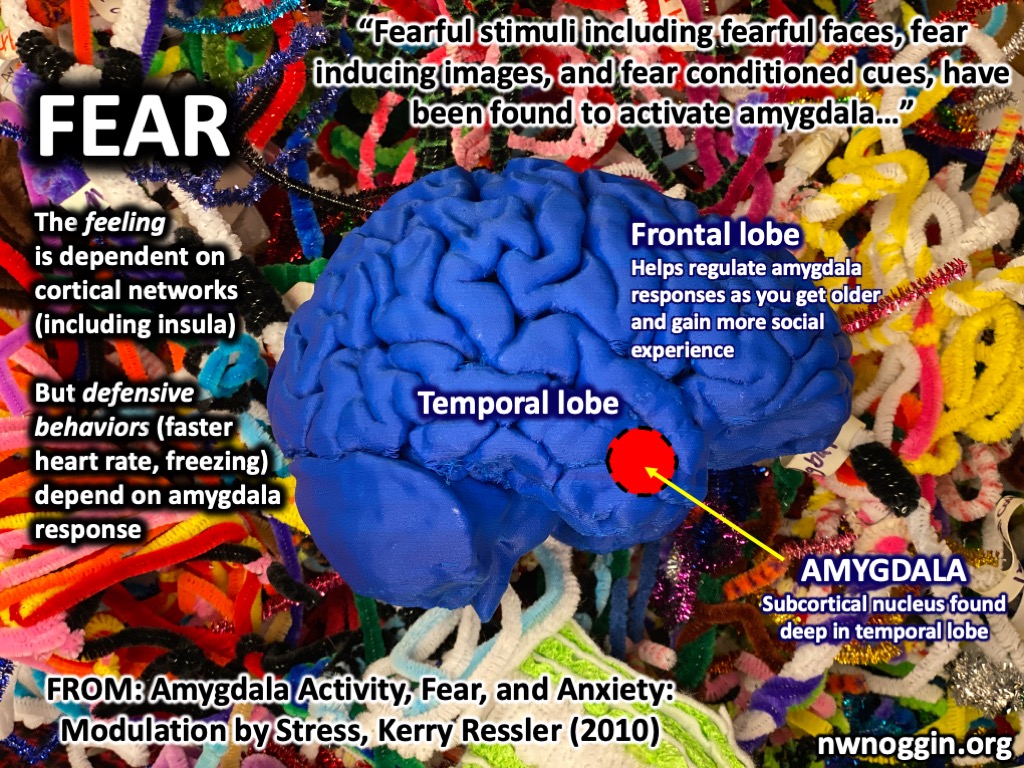
“While fear is an adaptive component of response to potentially threatening stimuli, too much or inappropriate fear accounts for chronic psychiatric disorders, including PTSD and phobias. Understanding the neurobiological basis of fear is therefore critical at elucidating the mechanisms improving treatments of these fear-related pathologies…it appears that the amygdala is central…”
— René Garcia
LEARN MORE: Using Neuroscience to Help Understand Fear and Anxiety: A Two-System Framework
LEARN MORE: Hearts & Brains
LEARN MORE: Neurobiology of fear and specific phobias
LEARN MORE: Amygdala Activity, Fear, and Anxiety: Modulation by Stress
LEARN MORE: The Biology of Fear
Synesthesia
Synesthesia, or the mixing of senses, was another popular topic for questions.

LEARN MORE: Synesthesia: an introduction
LEARN MORE: Neural Basis of Individual Differences in Synesthetic Experiences
LEARN MORE: Similarly shaped letters evoke similar colors in grapheme–color synesthesia
LEARN MORE: The Qualia in Chromesthesia
And DINOSAURS!
“How many neurons are in a dinosaur brain?”
— 3rd grader at Sacajawea Elementary
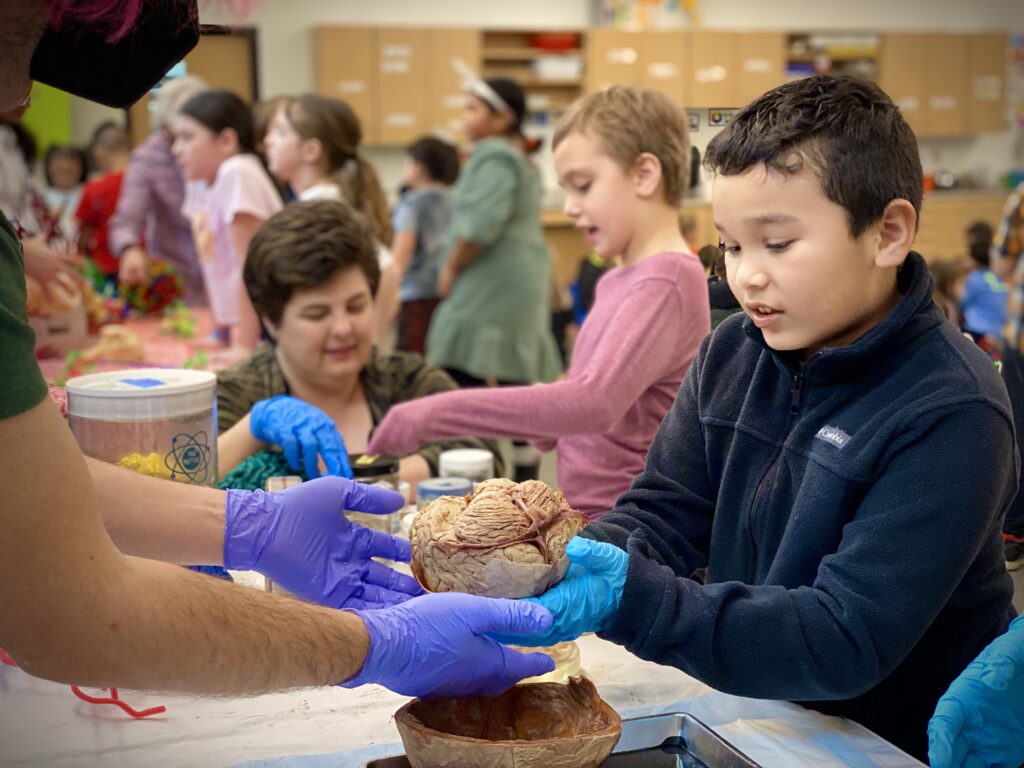
We introduced students at Sacagawea to the research of Dr. Suzana Herculano-Houzel, a brilliant neuroscientist at Vanderbilt University who developed the definitive technique for accurately counting both neurons and glia in animal brains – including us! To do this she makes BRAIN SOUP!
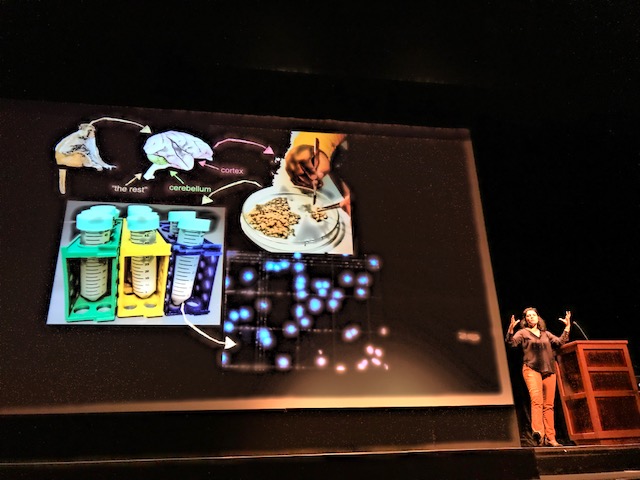
Dr. Herculano-Houzel confirmed that human adult brains have about 86 billion neurons (and a similar number of glial cells), with the vast majority – 69 billion! – packed into our cerebellum, or “little brain” at the back of our heads!
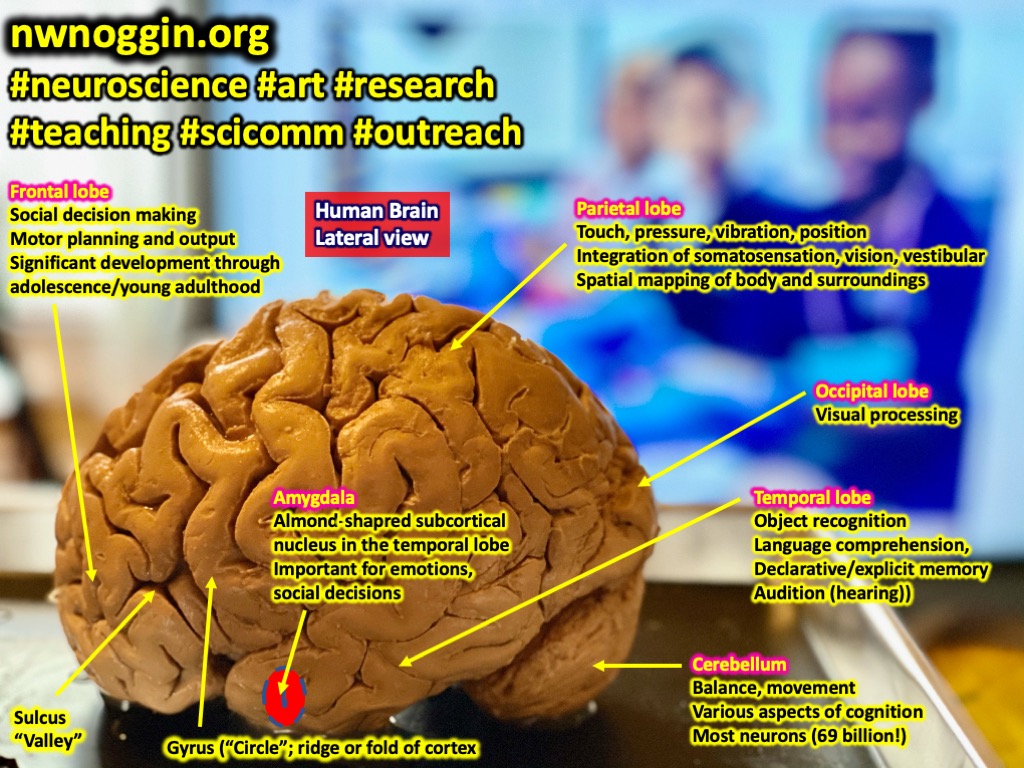
The adult human cortex, which contributes to conscious perception, decision making and other aspects of complex cognition, has about 16 billion neurons, the highest number in mammals. Other mammals, including rats and mice, have brains that are significantly less dense, with far fewer neurons in the same area of brain.
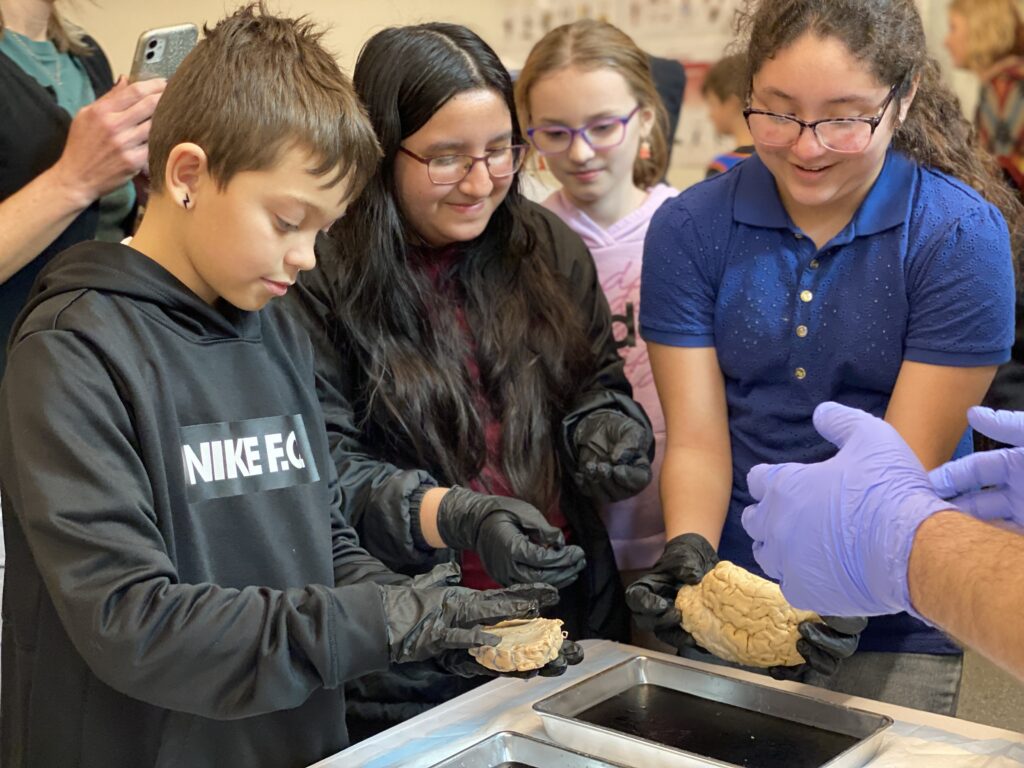
However, birds, including corvids like crows and ravens have very dense brains, with as many neurons if not more than primates like us! Some birds are closely related to the dinosaurs of old.
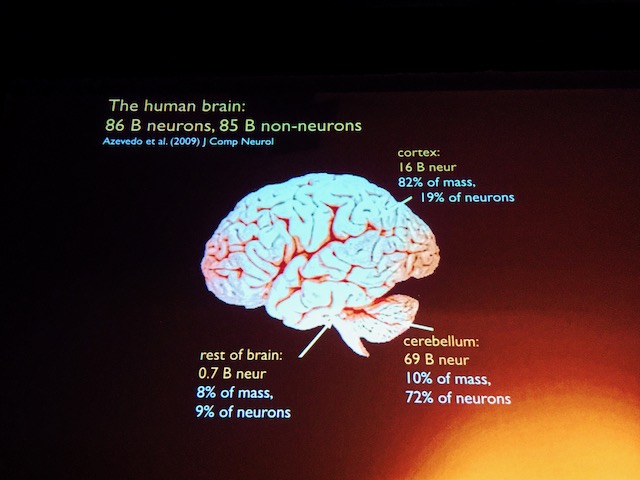
LEARN MORE: Soup for Brains!
Dr. Herculano-Houzel was recently in the news for publishing a paper speculating on the number of neurons in dinosaur brains! There are no existing dinosaur brains, but there are dinosaur skulls, and other bones suggesting that some dinosaurs – including theropods like Tyrannosaurus Rex – likely followed modern ratite (non-avian) brains, including those of ostriches, in terms of neuronal density.
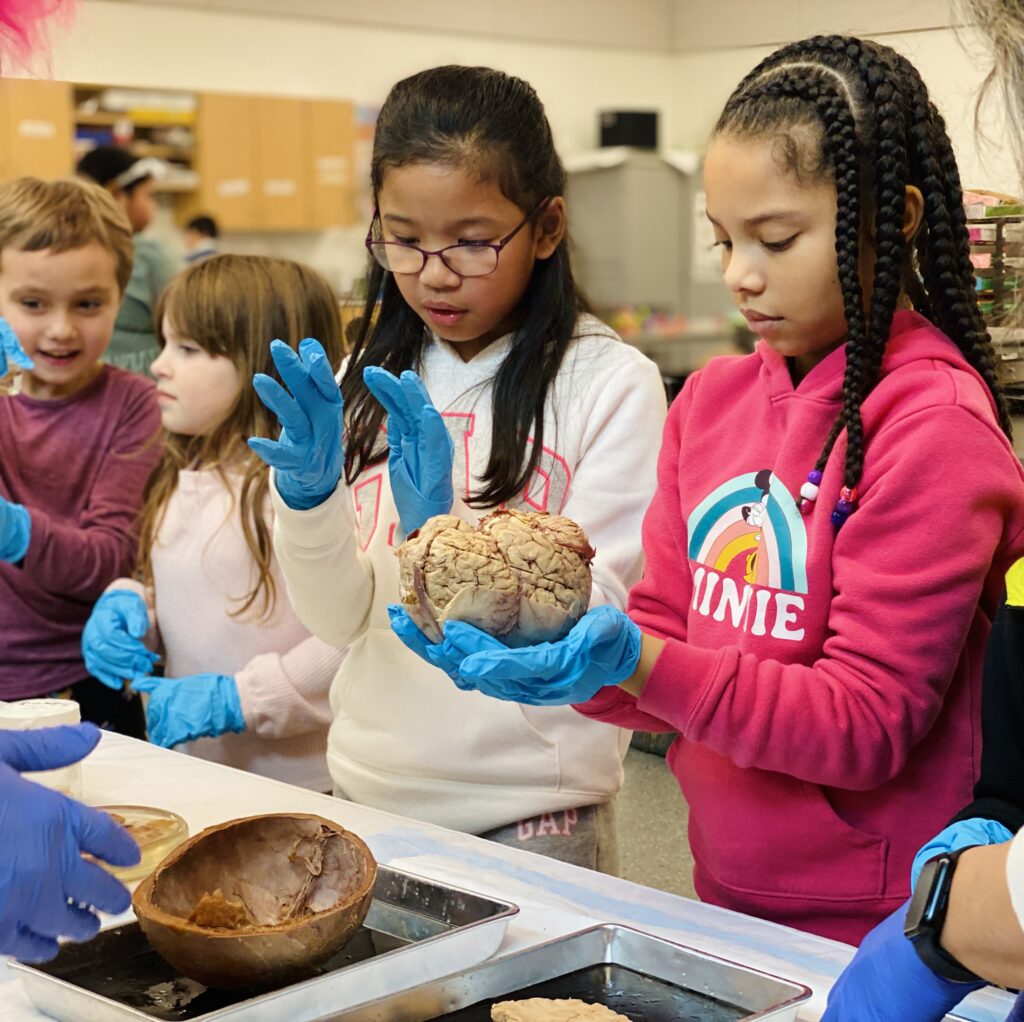
LEARN MORE: The evolution of cranial form and function in theropod dinosaurs
LEARN MORE: Distinct developmental pathways underlie independent losses of flight in ratites
LEARN MORE: Osteohistological description of ostrich and emu long bones
LEARN MORE: How Many Dinosaurs Are Birds?
“Alioramus, a 6-meter-long theropod that lived about 70 million years ago in what is now Mongolia, had just over 1 billion neurons in its cortex, similar to capuchin monkeys. And T. rex, with its brain weighing one-third of 1 kilogram, had an estimated 3.3 billion cortical neurons—a higher density than baboons, Herculano-Houzel reports.”
— Science Magazine (2023)
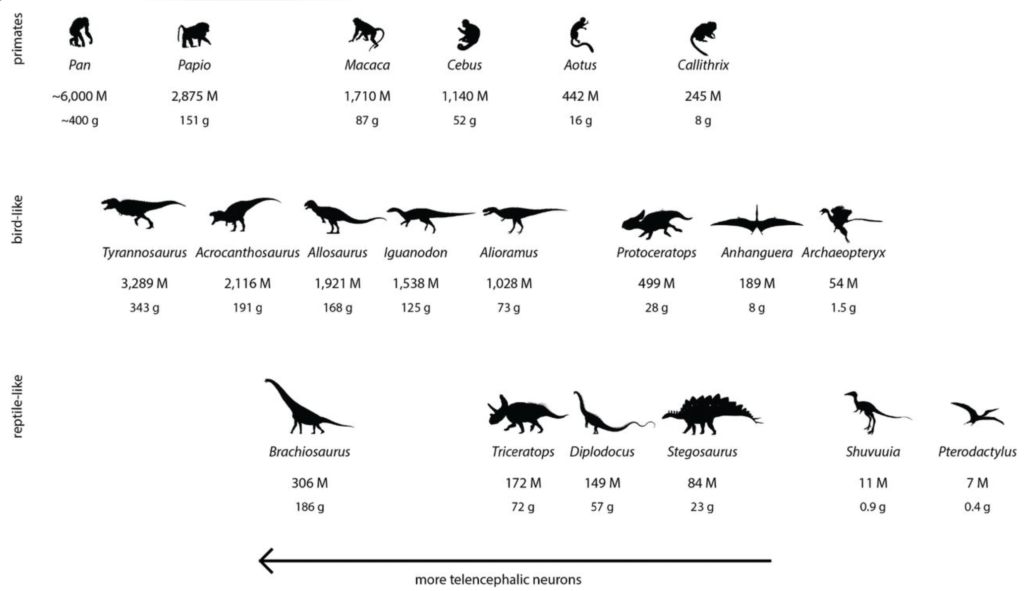
“…theropods such as Tyrannosaurus and Allosaurus were endotherms with baboon- and monkey-like numbers of telencephalic neurons, respectively, which would make these animals not only giant but also long-lived and endowed with flexible cognition, and thus even more magnificent predators than previously thought.”
— Suzana Herculano-Houzel
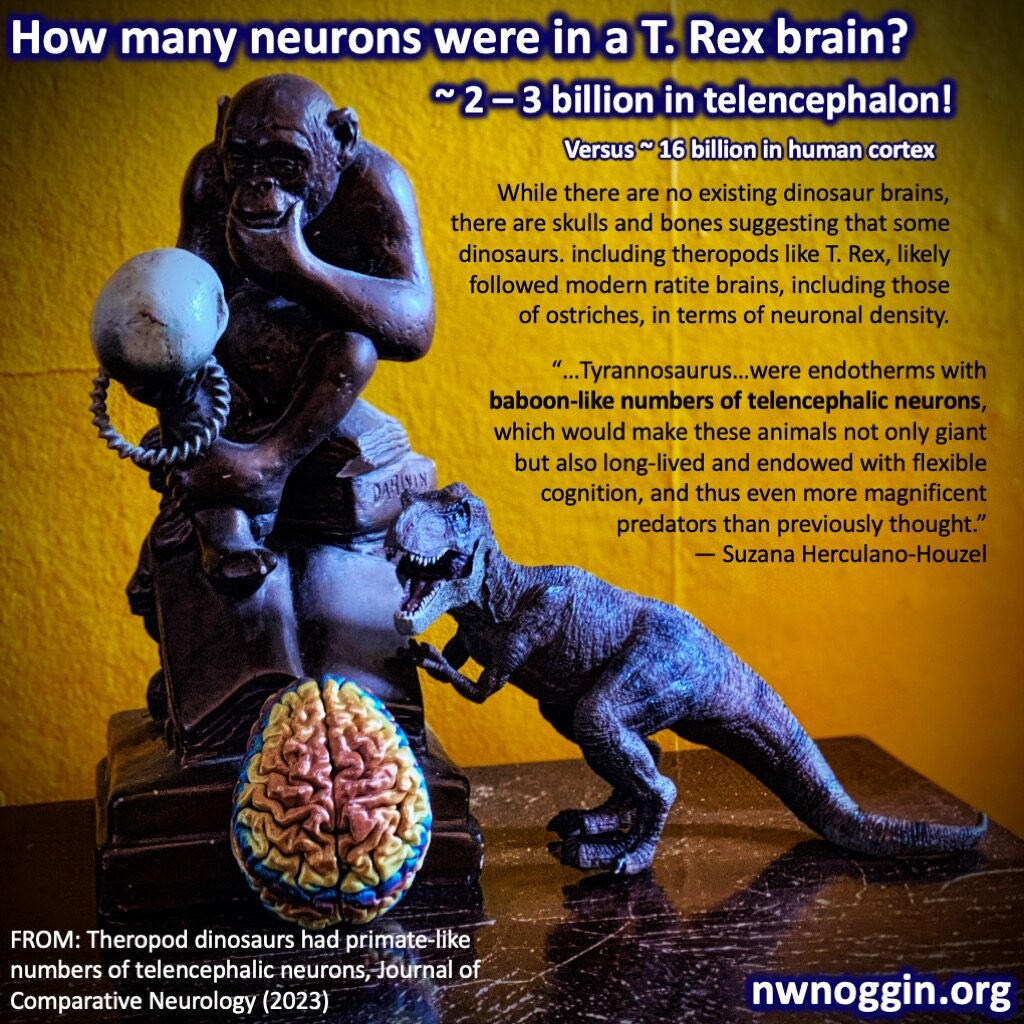
LEARN MORE: Theropod dinosaurs had primate-like numbers of telencephalic neurons
LEARN MORE: Breaking news: T.rex had baboon-like numbers of neurons!
THANK YOU!
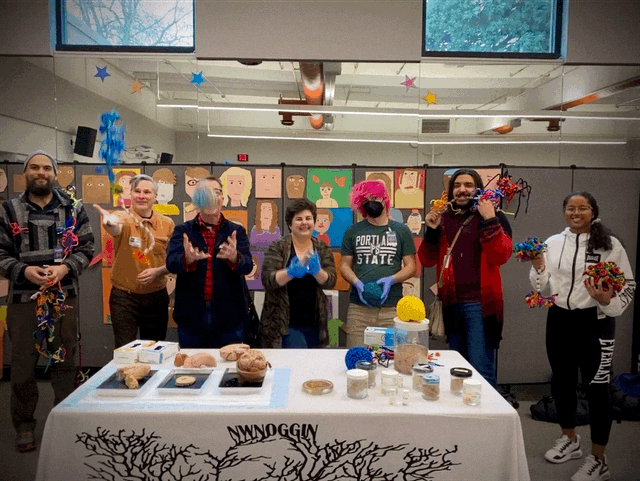
Huge thanks to all our outreach volunteers – and to the students, teachers and staff at Sacajawea!


